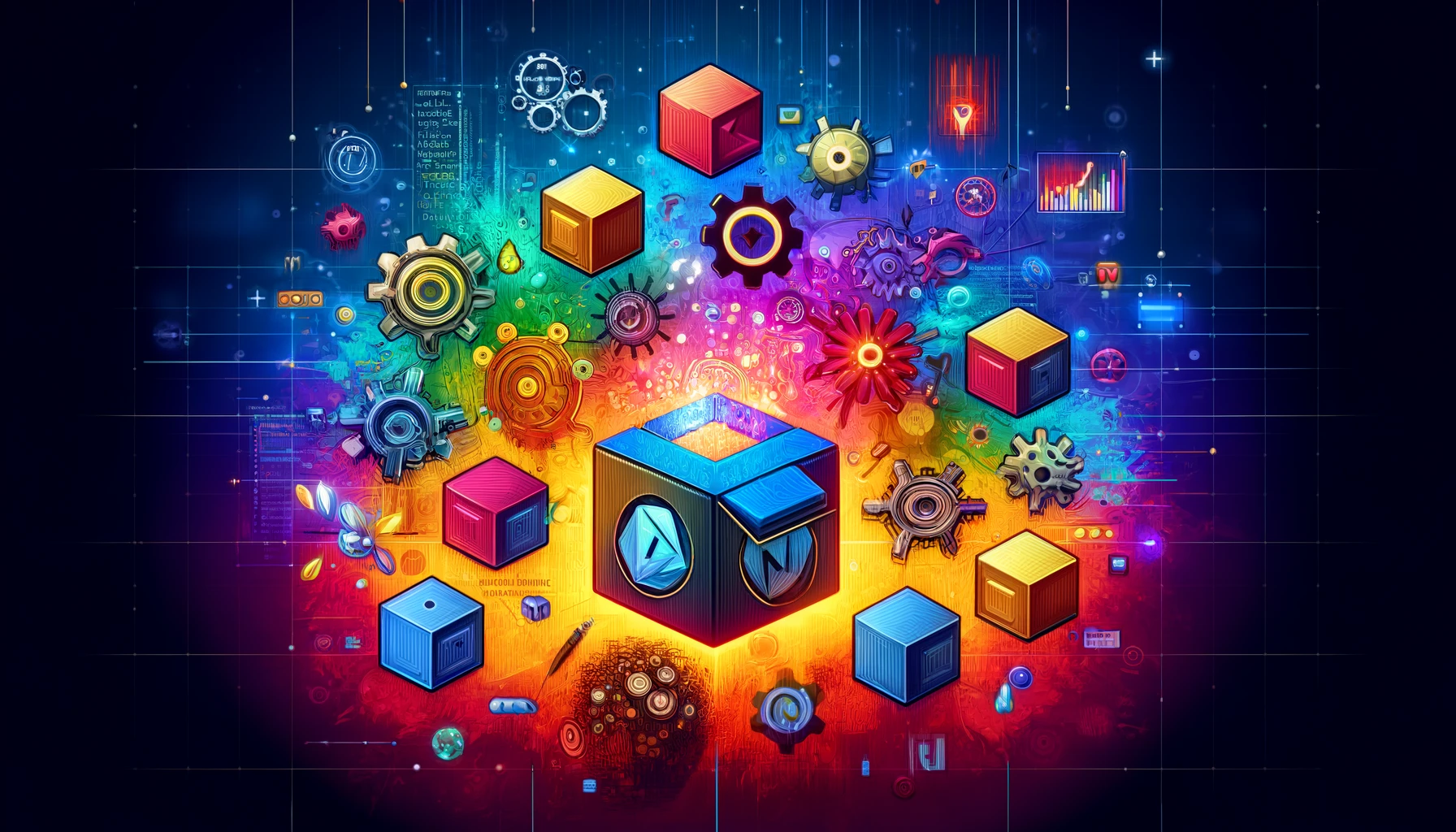Learning Oracle Databases as a Java Software Engineer
Oracle Database is a powerful enterprise RDBMS known for its scalability, security, and performance. It supports SQL and PL/SQL for data management and integrates seamlessly with Java applications via JDBC. This blog covers Oracle’s architecture, key features, SQL/PL/SQL basics, NoSQL capabilities, performance optimization, and real-world applications, helping you master its use in software engineering. Let’s dive in!









